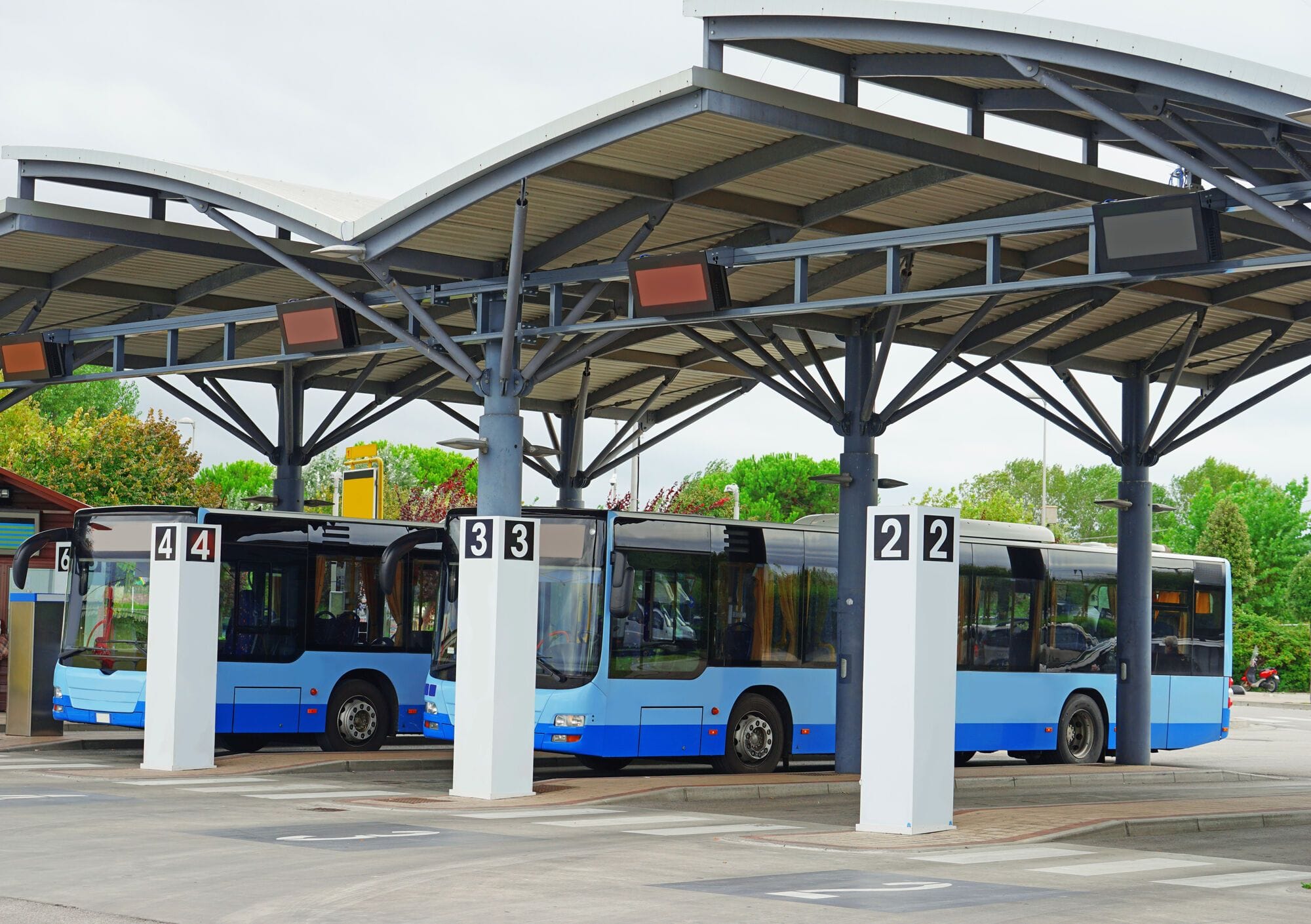Getting to knowImpacts on Fleet and Public Transit

Overview
Municipal fleet vehicles and equipment are required across almost all municipal departments. Whether its parks maintenance equipment, waste collection vehicles, transit busses and trains, heavy equipment used for road work and waste sorting, ice surfacers, utility maintenance vehicles, and emergency services vehicles such as fire trucks, ambulances, back up generators, and water supply trailers, fleet and mobile equipment can all be vulnerable to climate impacts when stored or deployed in areas undergoing harsh climatic conditions.

Photo credit / crédit photo: Canadian Infrastructure Report Card (CIRC), 2019
This page provides an overview of the direct and of climate change hazards on fleet and public transit equipment and vehicles for many Canadian communities.
Direct Impacts - Flooding
Direct Impacts - Extreme Heat
Direct Impacts - Wildfire
Direct Impacts - Permafrost Thaw
Indirect Impacts
References
American Automobile Association (AAA). 2025. “How Does Heat Affect Your Car?”
Arrighi, C. 2020. "Indirect flood impacts and cascade risk across interdependent linear infrastructures," Natural Hazards and Earth System Sciences, vol. 21, no. 6.




